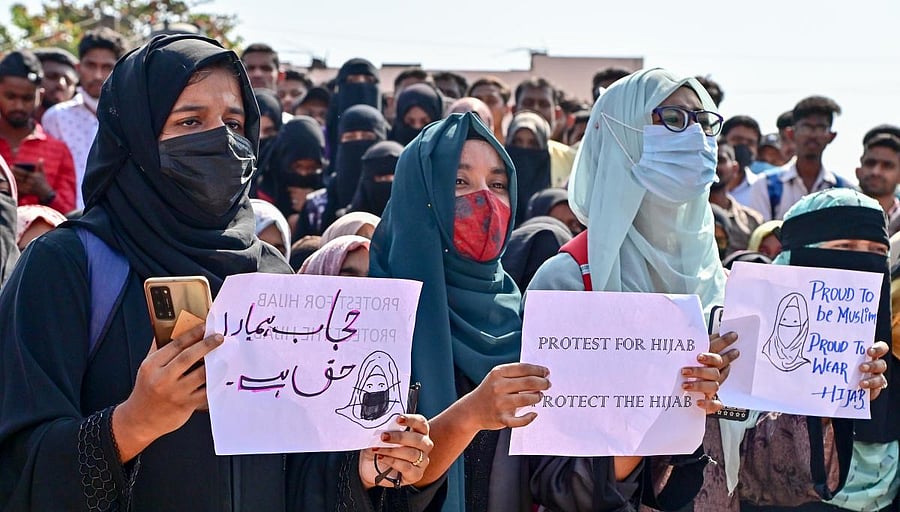I am a teacher in a University for almost twenty years now. I have never worn a saree for even a single class I have taught in the last twenty years. I rarely wear a Salwar Kameez (also called Chudidaar). I mostly wear jeans with a top or three-fourths of pants with a top. Thus far, I am pretty sure that none of my students has judged me, my teaching, my supervision, my research, or my interaction with them based on what I wear.
Since I teach in a Central University, we have students from all over India and sometimes from outside India, of all genders. They look different from each other, talk different languages, eat different things, wear different things, and are from different religions and castes. I can safely say that most of my colleagues and I definitely, have never judged our students for their physical appearance.
What matters in the classrooms is what/how we teach and what/how we learn. Not so long ago in Indian history, it was only men who wore the sacred thread who could go to gurukulas in their religious dress. What changed this other than the opening up of formal schooling by the British and by the missionaries?
People like Fathima Sheik and Savitribai Phule, one Muslim and the other backward caste, opened the first-ever school for girls from all castes. Fathima Sheik, along with her brother Usman Sheik sheltered Savitribai and her husband Jotirao and ran the school from their building when the Phules were thrown out of their house for breaking caste-Hindu rules of reading and learning.
today, young Dalit-Bahujan girls and boys who constitute much of the student population going to rural, government colleges are almost coerced to wear saffron, an allegiance that begs question. If this is one set of images, there have been images that brought the blue out, an allegiance of the Ambedkarite blue which carries Savitribai’s and Fathima Sheik’s dreams forward.
Samavastra, the Kannada term for uniform is a direct translation of the English uniform that came with colonial and missionary schooling. Much of what constitutes girls’ uniform today is salwar kameez, a dress that is associated with Punjab, made popular in the Indian sub-continent by the Mughals. This is a dress that was hardly known in South India until the 1980s. It then marched ahead, along with its breast-covering veil/chunni/dupatta replacing the simple long skirt-blouse for unmarried girls. Salwar comes from the Persian word shalwar and kameez is from the Arabic word Qamis/qameez.
On similar lines, the dress that almost all men in India now wear, including uniforms, is the ubiquitous shirts and pants, which is obviously not Indian. There are many other non-Indian things such as potatoes, chillis, and names like Shah which is of Persian origin.
The concern here is what actually enables girls and boys to learn, what inspires them to come to school, college and drives them forward. As institutions, be it elected governments or colleges and schools, perhaps we need to care for students, enable them to explore, enjoy and make their own decisions, inspire them towards a life of love, harmony, equality. How much of this has to do with how we dress and how we look?
For Karnataka, learning recently has meant not to be "polluted" by eggs served for the mid-day meal. And now we have moved to a hijab-ban. If not wearing a saree has not made me a bad teacher (and wearing a saree does not make one a good teacher either); if wearing pants and shirts has not made men any more good/bad than sacred-thread and panche wearing teachers, it is time we focused on what is taught and learnt in the class.
It is time we focused on the number of teachers, their payments, their working conditions, and the learning environment. If all our children are provided with similar, equal opportunities in schools and colleges, and if students have usable toilets in their schools and colleges they go to.
(The writer is a professor at the University of Hyderabad)
